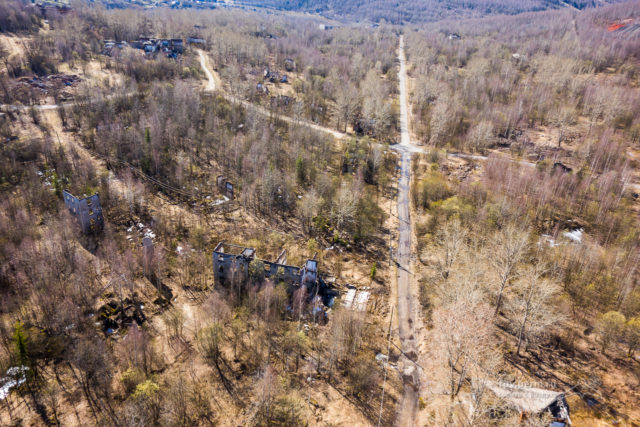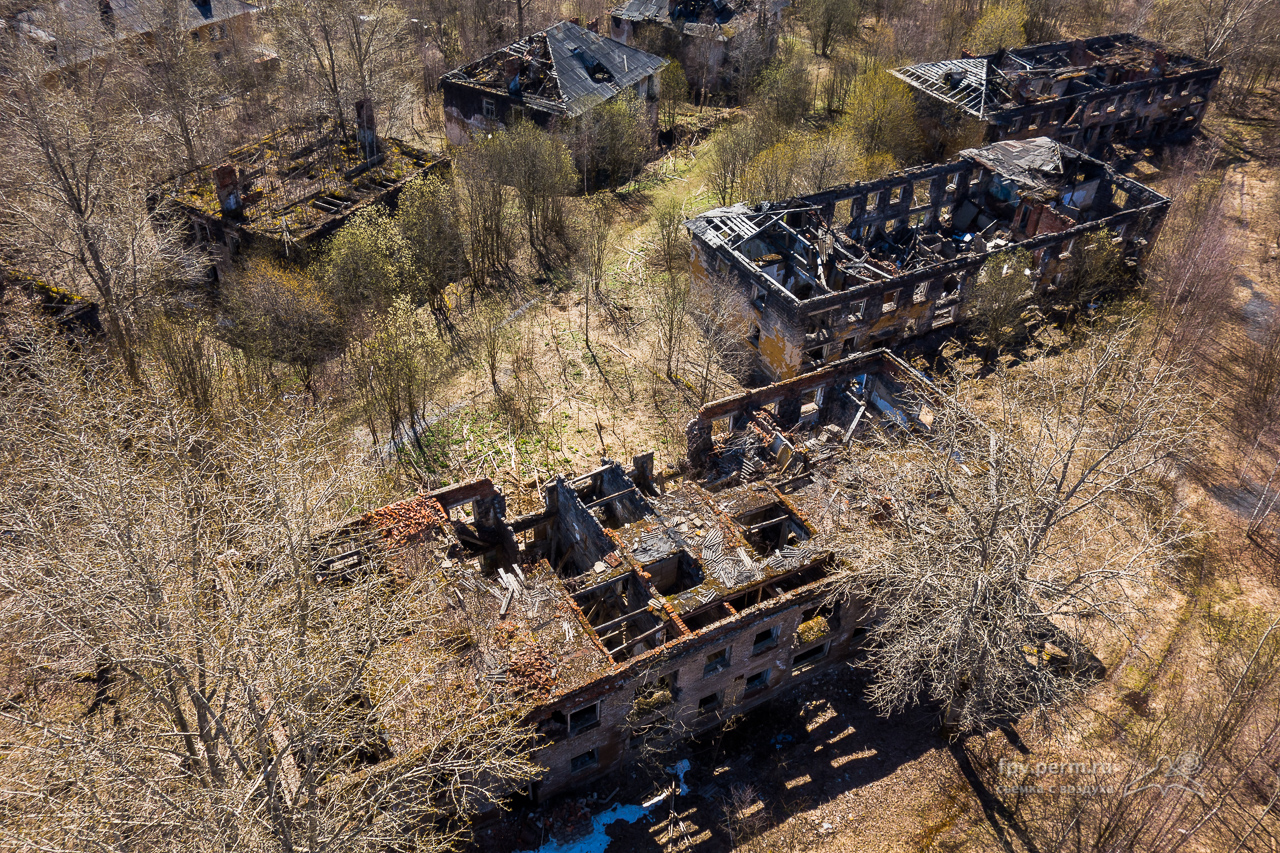A Russian ghost town called Verkhnyaya Gubakha (Upper Gubakha) was once a thriving workers’ settlement, but now only the ruins of the former industrial and residential buildings can be seen. Another unofficial name for the city is Staraya Gubakha (Old Gubakha).
The city is located about 220 kilometers from the large city of Perm in Russia and is situated on the right bank of the Kosva River, on the slope of the mountainside.
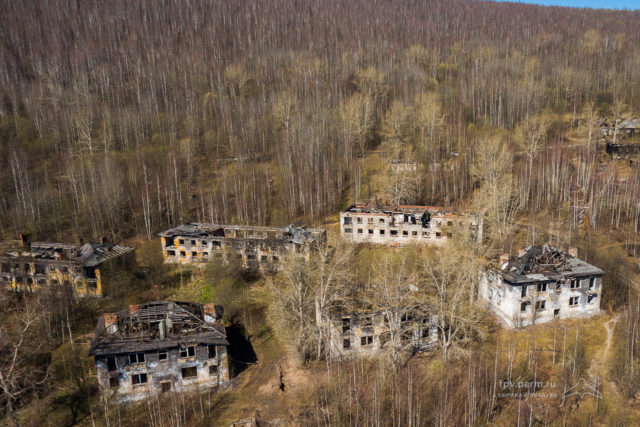
During its heyday, several thousand inhabitants lived in the city of Upper Gubakha. To accommodate such a great number of people, eight two-story residential buildings, a school, hospitals, the Kalinin Palace of Culture, a cinema, and similar institutions were built in the city.
Initially, this location was settled in 1755 when iron ore deposits were discovered. After that, a settlement was built and developed over the years. At this time, the land belonged to the Stroganovs. There wasn’t much iron ore, and what was mined was poor, but it was enough to keep the settlement going.
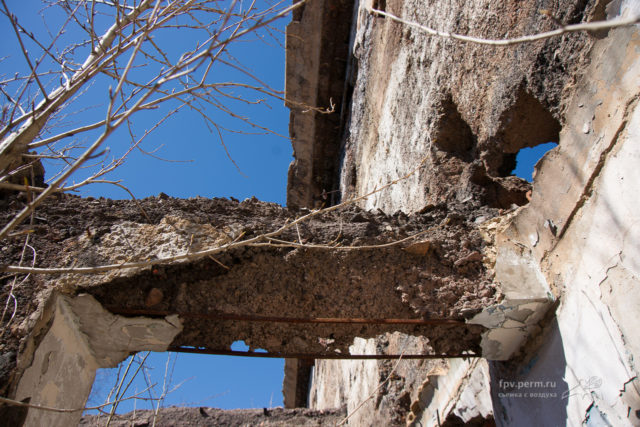
Then, at the beginning of the 19th century, coal was found here. By this time, the land was owned by two industrialists: Lazarevs and Vsevolod Vsevolozhsky. The coal mined here was sent to Lazarevs’s Chermoz plant. Initially, the mined coal was sent to the plant via the river, but in 1879, a railway was built, which led to an increase in coal production.
One mining engineer named Dmitry Zakharovsky entered into a 15-year lease agreement with the Vsevolozhskys to mine coal in this area. However, he also chose to burn coke. To accommodate this part of the industry, he built special furnaces, barracks for his workers, houses for managers, and administrative premises. This became known as the Gubakhinsky coke-chemical plant.
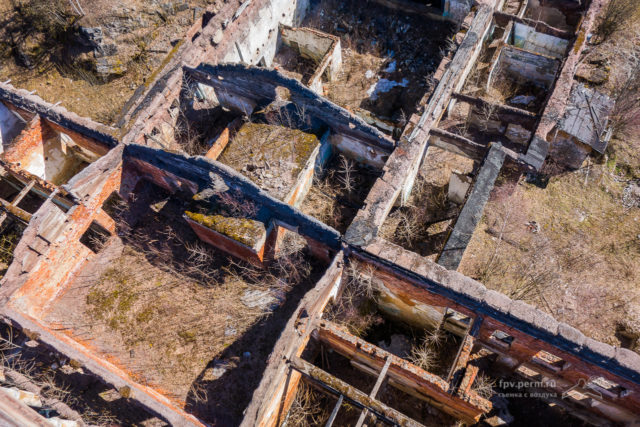
By this time, there were various settlements in this area, and in 1941, they were united to form the city of Gubakha. The population was about 20,000 people, and the primary employers were the plants Metafrax and Gubakhinsky coke.
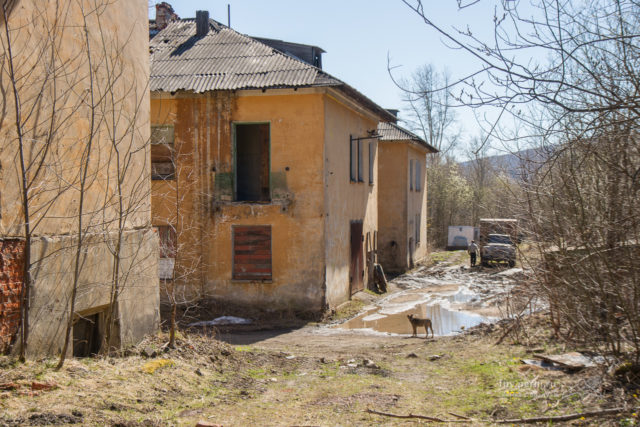
At the beginning of the 20th century, the lands of Verkhnyaya Gubakha were bought by Semyon Lazarev. He did a lot to improve the city, such as building a school in 1904.
He also decided to erect a wooden temple which would be decorated with beautiful gold carvings. For this, he invited a famous artist named Alexander Ryakin to take on the project. In the fall of 1905, the temple was consecrated in honor of Saint Simeon the God-Receiver.
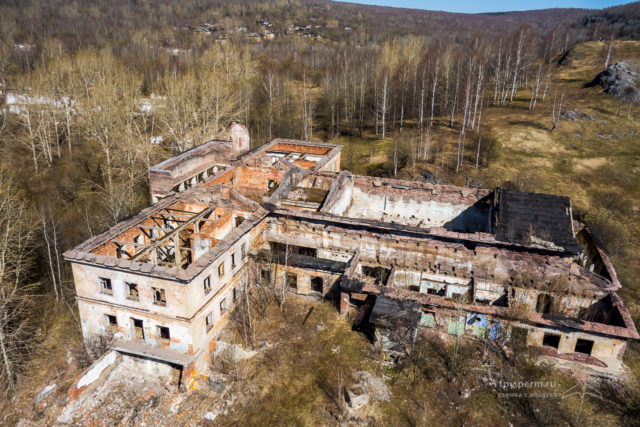
As well as the mines, industries in the city included motor vehicle businesses, a brick factory, a lime quarry, a reinforced concrete plant, a furniture factory, and a workshop to produce cinder blocks. There was also a horses’ yard since horses were used for transporting building materials and plowing.
Upper Gubakha grew larger every year. Although it did not escape damage and loss of life during the civil war, local residents worked hard to rebuild the city and create new businesses after the conflict was over.
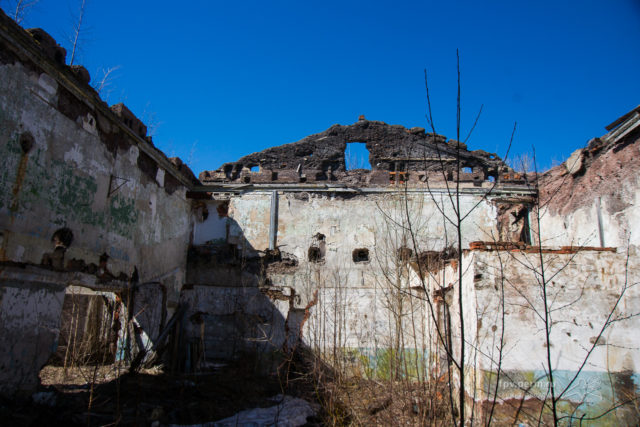
Verkhnyaya Gubakha could also offer local residents a cinema with 330 seats, a department store, a pastry shop, and various pavilions. Also within the city was the Shakhtar stadium, which had a field that was used to play football and hold various sports competitions in the summer, then was filled in as a skating rink in the winter. The Shakhtar stadium also hosted the city’s main Christmas tree.
In 1949, a city hospital with 114 hospital beds was built. The building was decorated with stucco, and the hospital boasted x-ray and physiotherapy departments with surprisingly modern equipment. Other departments included two operating rooms, a maternity ward, and a children’s ward.
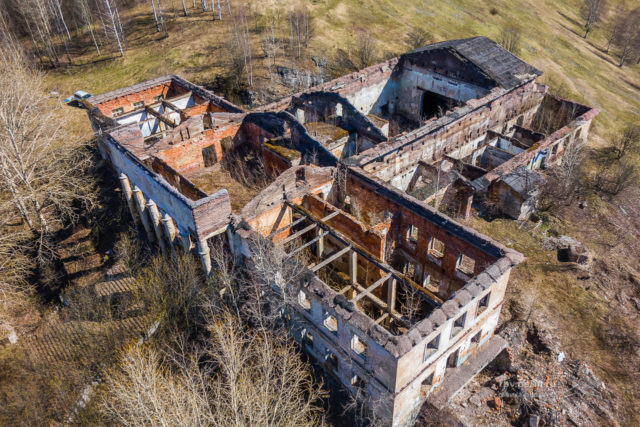
From the 1960s onwards, the coal mining industry began to decline. This led to a decrease in the number of jobs, and, accordingly, a decline in the population. Luckily, the coke plant and Metafrax allowed Verkhnyaya Gubakha to survive, albeit in a smaller form.
However, the plant emissions were extremely unhealthy, and given the town’s location in a valley, the fumes would hang around on these days when there wasn’t much wind. Consequently, a decision was made to relocate residents, and many from Upper Gubakha were moved to New Gubakha.

Today, Verkhnyaya Gubakha has become famous for its ruins of roofless buildings set among dense forests. Along the edges of the former village, it is possible to see the ruins of two-story administrative and residential buildings side by side. The street slabs of slag cobbles are still in evidence, and explorers and photographers try to determine which structures are still standing.
Perhaps the most notable (and recognizable) building is the two-story Kalinin Palace of Culture. The Palace was built back in the 1930s in the Stalinist Empire style with a grand staircase inside and monumental columns outside. The auditorium once accommodated 500 spectators, and there was also a library on the second floor.
Most of the buildings have deteriorated so rapidly because they were made of cinder concrete. It takes only a few years for these blocks to collapse from the effects of water and weather. In contrast, those houses made of brick and the concrete industrial facilities have survived.
It is known that one resident lives in this ghost town – a man called Yura. He maintains his two-story house, is not put off by the surrounding environment, and is only too glad to have guests. He told one explorer: “There is a vegetable garden, the road is cleaned all year round, why not live here?”
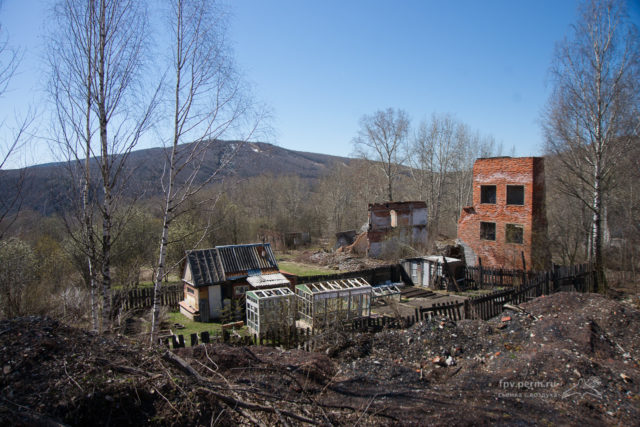
Although the town itself has not been resettled, summer cottages and some permanent residences have been built around the edges. The power lines have recently been renovated so that it’s possible to live here in relative comfort once again. However, there’s no running water, and authorities have to supply it once a week.
The best time to visit is at the end of June, as this is when the “Gubakha ALIVE” festival takes place. The festival organizers put on historical reconstructions, a fair, sports competitions, and tours. Former residents, their children, and grandchildren often frequent the festival.
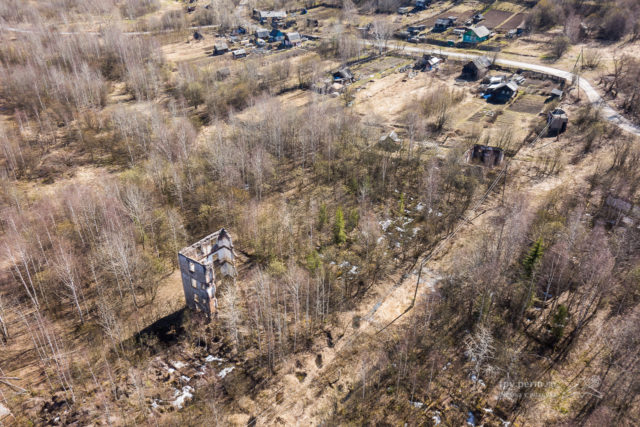
In 2019, some scenes from a movie based on a novel called The Heart of Parma by Russian writer Alexei Ivanov were filmed here. A wooden fortress on the right bank of the river was built as part of the movie.
Ilya Lipin is an owner of these photos of the abandoned town in the Perm region of Russia. He has got a LiveJournal account where he shares the photographs he has taken during his traveling or while exploring abandoned places.
His hometown is Perm, which is near to the ghost town of Verkhnyaya Gubakha. Check out his original article about this place via this link on his LiveJournal account, where you can also find more of his work on social media.
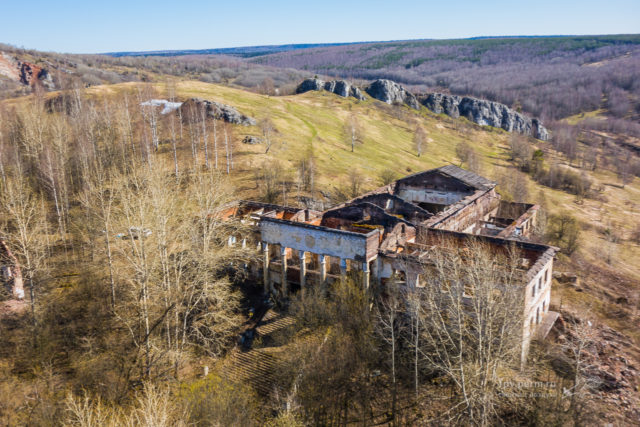
Another Article From Us: Wrecked Cargo Ship Ibrahim Yakim
